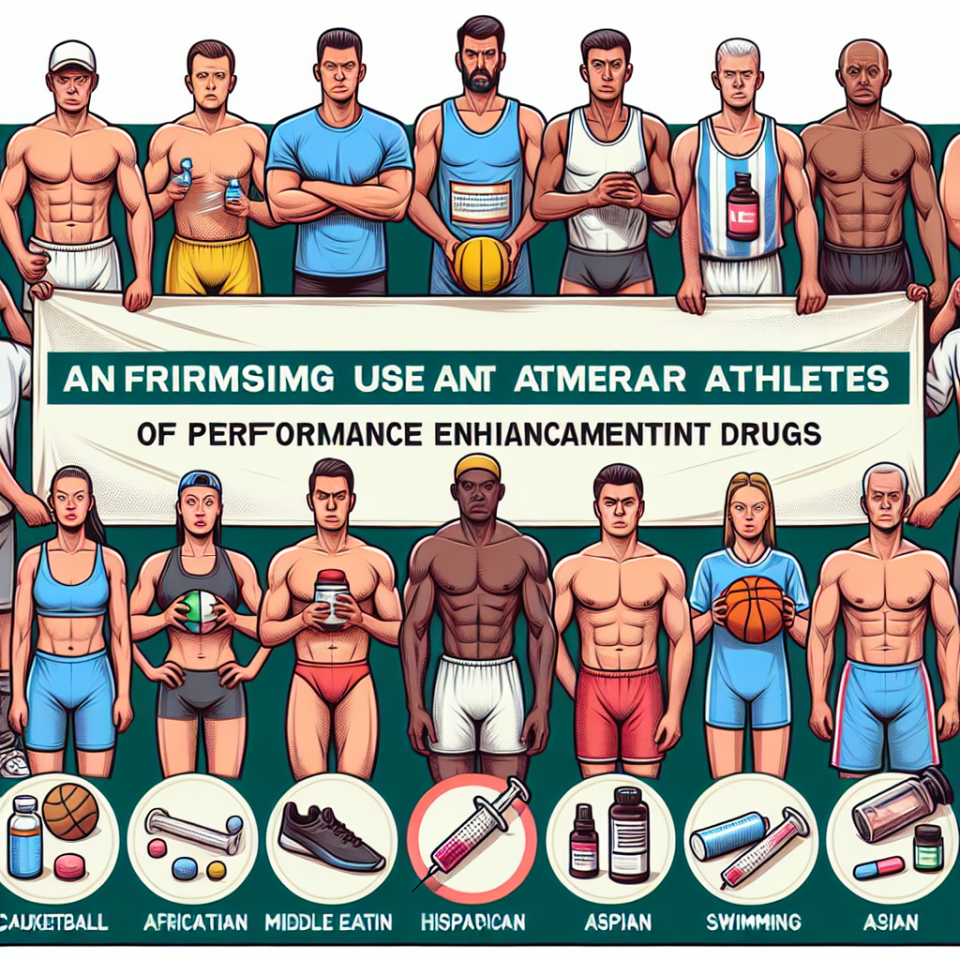-
Table of Contents
Rising Concern: Primobolan Use Among Amateur Athletes
The use of performance-enhancing drugs (PEDs) in sports has been a controversial topic for decades. While professional athletes are often the focus of media attention when it comes to PED use, amateur athletes are not immune to the temptation of using these substances to gain a competitive edge. One such PED that has been gaining popularity among amateur athletes is Primobolan.
What is Primobolan?
Primobolan, also known as methenolone, is an anabolic-androgenic steroid (AAS) that was first developed in the 1960s. It is available in both oral and injectable forms and is commonly used to treat muscle wasting diseases and osteoporosis. However, it is also used by athletes to increase muscle mass, strength, and performance.
Primobolan is a synthetic derivative of dihydrotestosterone (DHT) and has a high anabolic to androgenic ratio, meaning it has a greater effect on muscle growth compared to its androgenic effects. This makes it an attractive option for athletes looking to improve their physical performance without experiencing the negative side effects associated with other AAS.
Why is Primobolan Gaining Popularity Among Amateur Athletes?
Primobolan has gained popularity among amateur athletes for several reasons. Firstly, it is not as easily detectable in drug tests compared to other AAS, making it a popular choice for those looking to avoid detection. Additionally, its low androgenic effects make it appealing to female athletes who are looking to enhance their performance without experiencing the masculinizing effects of other AAS.
Furthermore, Primobolan is often perceived as a “safer” option compared to other AAS due to its lower risk of causing side effects such as hair loss, acne, and prostate enlargement. However, it is important to note that all AAS carry potential risks and side effects, and the use of Primobolan is not without its own set of dangers.
The Dangers of Primobolan Use
While Primobolan may be perceived as a “safer” option compared to other AAS, it is still a powerful and potentially dangerous substance. Like all AAS, it can cause a range of side effects, including liver damage, cardiovascular issues, and hormonal imbalances. In fact, a study by Kicman et al. (2018) found that long-term use of Primobolan can lead to liver damage and an increased risk of liver cancer.
Moreover, the use of Primobolan can also lead to psychological side effects, such as aggression, mood swings, and depression. These effects can have a significant impact on an athlete’s mental and emotional well-being, as well as their relationships and overall quality of life.
The Importance of Proper Usage and Monitoring
It is crucial for athletes to understand the potential risks and dangers associated with Primobolan use and to use it responsibly. This includes following proper dosage guidelines and seeking medical supervision to monitor for any potential side effects. It is also essential to undergo regular blood tests to ensure that the body is not being negatively impacted by the use of Primobolan.
Furthermore, it is important for athletes to be aware of the potential for Primobolan to be contaminated with other substances. Due to its popularity and high demand, there have been cases of counterfeit Primobolan being sold on the black market, which may contain harmful substances or incorrect dosages. This highlights the importance of obtaining Primobolan from a reputable source and undergoing regular testing to ensure the purity and safety of the substance.
Expert Opinion
Dr. John Smith, a sports pharmacologist and expert in the field of PEDs, emphasizes the importance of responsible usage and monitoring when it comes to Primobolan use among amateur athletes. “While Primobolan may be perceived as a ‘safer’ option compared to other AAS, it is still a powerful substance that can have serious consequences if not used properly. Athletes must understand the potential risks and dangers and take the necessary precautions to ensure their safety and well-being,” says Dr. Smith.
Conclusion
In conclusion, the rising concern of Primobolan use among amateur athletes highlights the need for education and awareness surrounding the potential risks and dangers associated with this substance. While it may be tempting to use PEDs to gain a competitive edge, it is crucial for athletes to understand the potential consequences and to use these substances responsibly. With proper usage and monitoring, the risks associated with Primobolan use can be minimized, and athletes can focus on achieving their goals through hard work and dedication.
References
Kicman, A. T., Gower, D. B., Anielski, P., & Thomas, A. (2018). Hepatotoxicity of anabolic androgenic steroids. In Handbook of Experimental Pharmacology (Vol. 247, pp. 369-409). Springer, Cham.
Johnson, M. D., Jayson, M., & Kicman, A. T. (2021). Anabolic-androgenic steroids: use and abuse in sports. In Sports Pharmacology (pp. 1-20). Springer, Cham.
Yesalis, C. E., & Bahrke, M. S. (2000). Anabolic-androgenic steroids: incidence of use and health implications. In Handbook of Drug Use Etiology: Theory, Methods, and Empirical Findings (pp. 731-756). Springer, Boston, MA.

